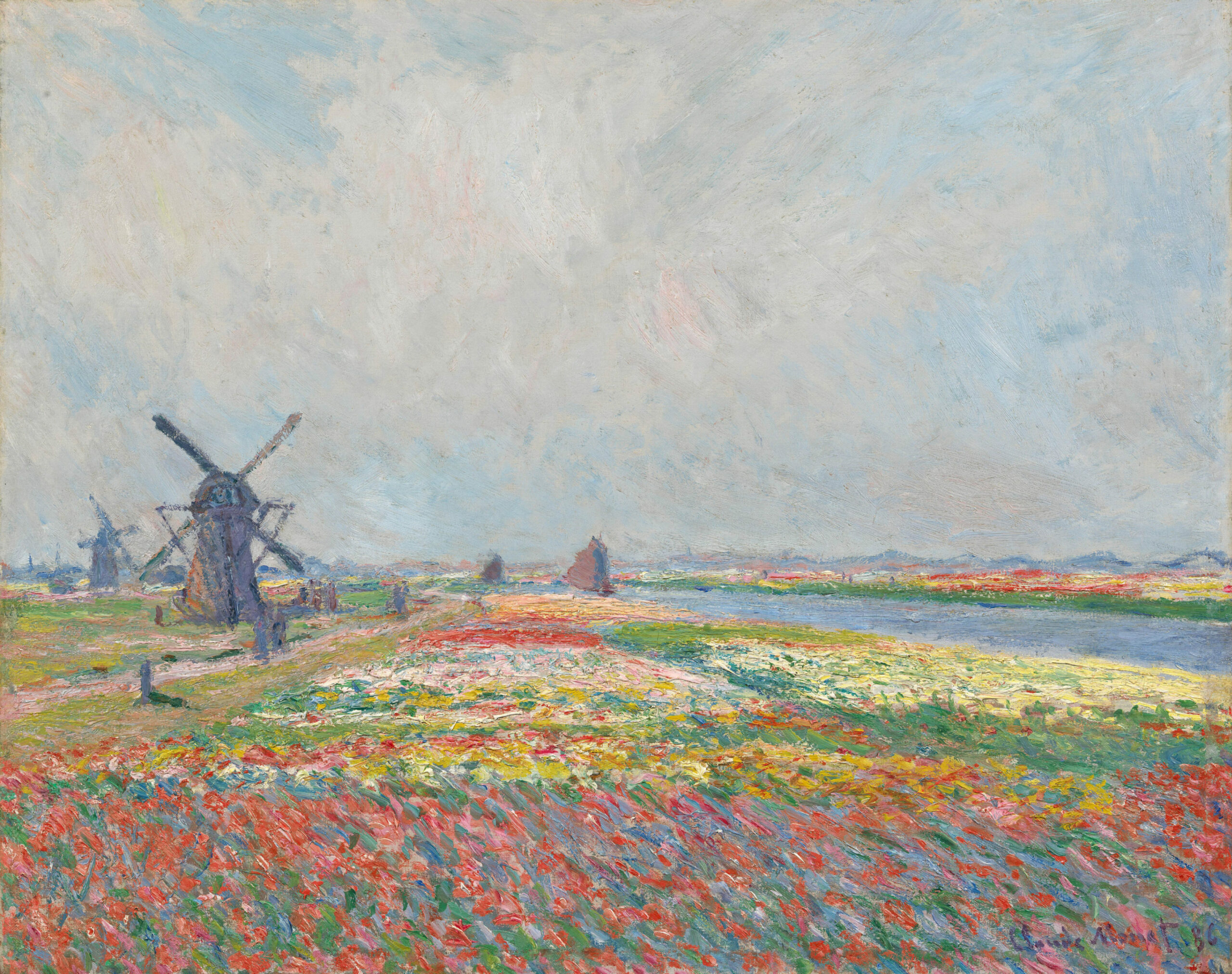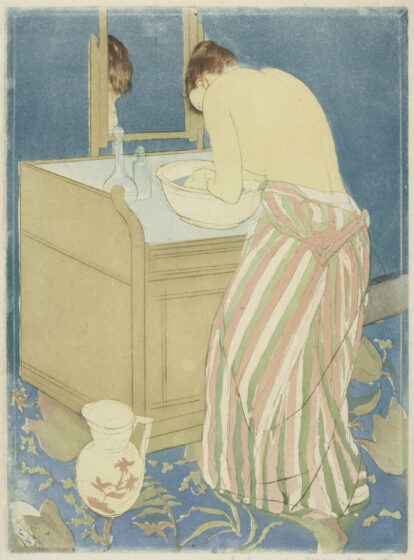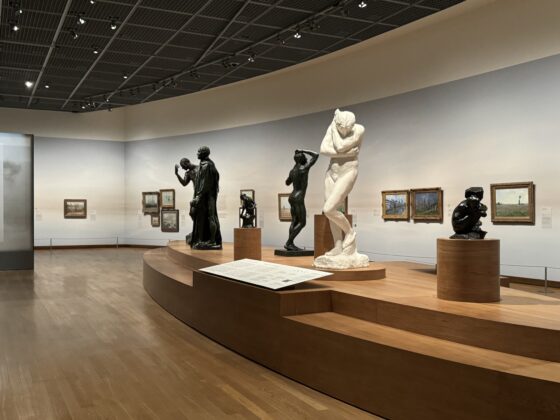Long live impressionism! New show opens at Van Gogh museum
Senay Boztas
It scandalised the French, baffled the conservative Dutch and sent artistic ripples around the world. Now, impressionism is one of the best-known art movements, and the Van Gogh Museum in Amsterdam has united highlights held in Dutch public and private collections in a new show.
Vive l’impressionisme! – or long live impressionism – opens on October 11 and runs until January 26, 2025, taking a purposefully broad view of the movement.
It includes sculptures by Auguste Rodin, watercolours by Dutch émigré in France Johan Barthold Jongkind and works by overlooked female impressionists such as Berthe Morisot, Mary Cassatt, Marie Bracquemond and Eva Gonzalès.
“The idea was born in Covid when we were thinking about what we might be able to do with collections nearby and Fleur [Roos Rosa de Carvalho, the curator] raised the excellent question of what was actually collected in the Netherlands of impressionism,” said director Emilie Gordenker.
“We are telling the story of impressionism not in a nationalistic way, but from a national perspective. What was the initial attitude towards the movement and how did these things enter Dutch collections?”
Most Dutch collectors completely failed to appreciate the daring Parisian movement that abandoned the classical rule books and took advantage of modern tubes of paint to get outside and capture glimpses of nature and the industrialisation of Europe.
“The first confrontation with the movement that was experienced in the Netherlands in the late 19th century, when impressionism was born, was a deeply indignant writer, Marcelles Emants, who reviewed the second impressionist exhibition in Paris,” said Rosa de Varvalho. “His conclusion was: ‘this folly will never be able to earn the name of art!’ To the Dutch of the time…impressionism was the ravings of madmen, drunks and children.”

Shocking
In Paris in April 1874, several young artists had begun to organise their own exhibitions, free of the strict admission rules of the annual art-selling Salon, utterly shocking the local public. One of the artists who would be swept up and influenced by the movement would be Vincent van Gogh.
His art dealer brother Theo, meanwhile, would try (and fail) to interest the Dutch in these radical, colourful works created with deliberately loose brushstrokes to capture fleeting movement and light.
Although it did not have the ‘realistic’ finish demanded in their time, or the moral ideals and symbolic composition, Rosa de Varvalho said impressionism connects with the modern viewer, rather like Van Gogh. In fact, impressionist and post-impressionist art sales reached their highest recorded value in 2022. “For the impressionists, to enjoy them today, you don’t need to understand the Bible, mythologies or the vocabulary and discourse of contemporary art,” she said. “It’s quite democratic as it is – and it’s also beautiful.”
The exhibition shows how a small group of Dutch individuals, often self-made industrialists, was open to this new style of painting – and compares it with the conservative, brown-grey, Barbizon School landscape paintings popular at the time impressionism arrived.
It includes a number of paintings by Claude Monet, including his 1871 impression of Windmills near Zaandam, pioneering watercolours by Cézanne, intimate pastels by Morisot and earthy sculptures by Rodin.
Upstairs are sculptures by Edgar Degas, including the Little Fourteen-year-old Dancer, associated by contemporary Paris with scandalously low class and low morals. “Fortunately, some Dutchmen stuck their necks out and converted their fellow countrymen,” said Rosa de Carvalho.

Boulevard of Broken Dreams
But the show also gives attention to the ones that got away, with images of masterpieces that were once in the Netherlands but were subsequently sold abroad, sometimes due to a simple lack of interest from Dutch museums and collectors. Degas’s Woman seated beside a Vase of Flowers is one of the works featured in this “boulevard of broken dreams” display.
In a catalogue which the museum hopes will become a standard reference point for impressionism in the Netherlands, the curator points out that there is no Degas painting to be found in the Netherlands (or a painted figure by Manet, Cassatt or Caillebotte).
The conservative Dutch public took a while to catch on – and some opportunities were clearly missed. “Other countries also had to take a long time before the light was seen,” said Rosa de Vervalho. But this exhibition shines a light on the impressionist works that landed.
Thank you for donating to DutchNews.nl.
We could not provide the Dutch News service, and keep it free of charge, without the generous support of our readers. Your donations allow us to report on issues you tell us matter, and provide you with a summary of the most important Dutch news each day.
Make a donation